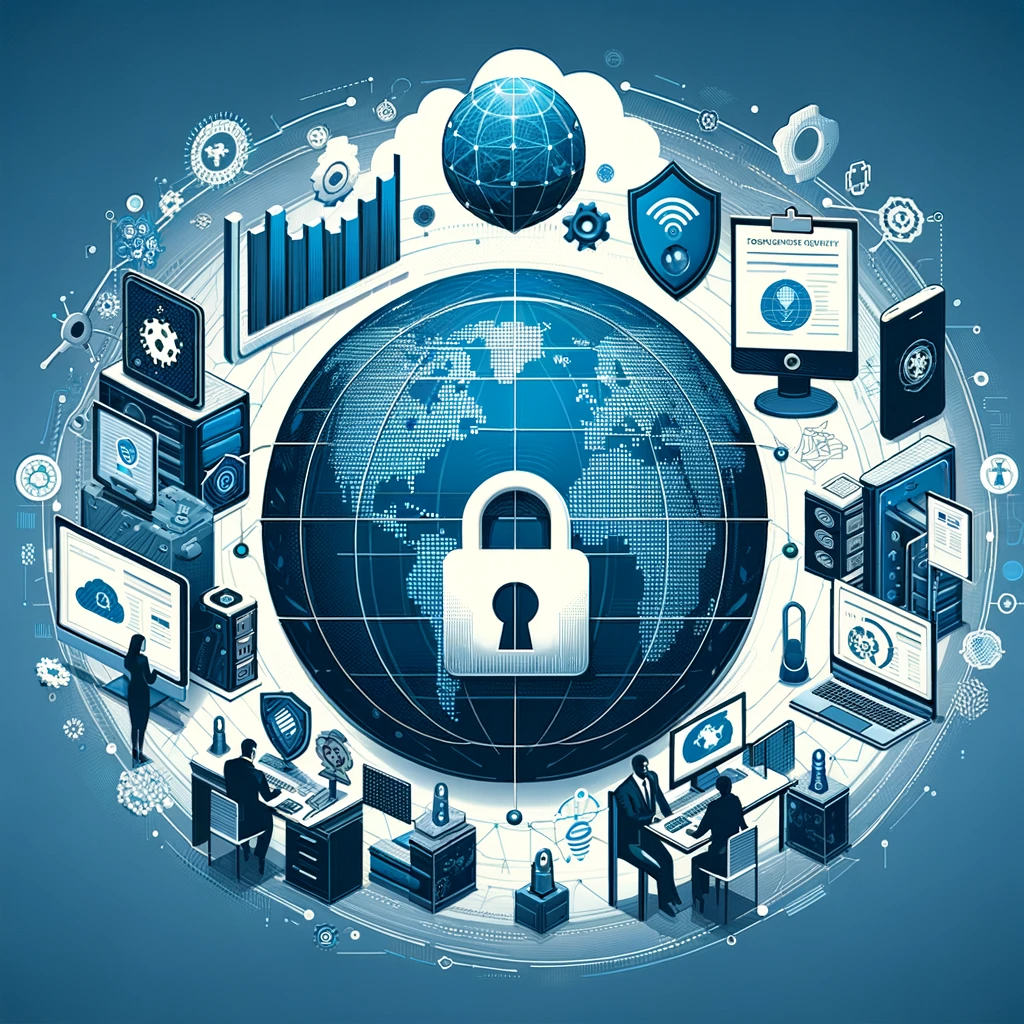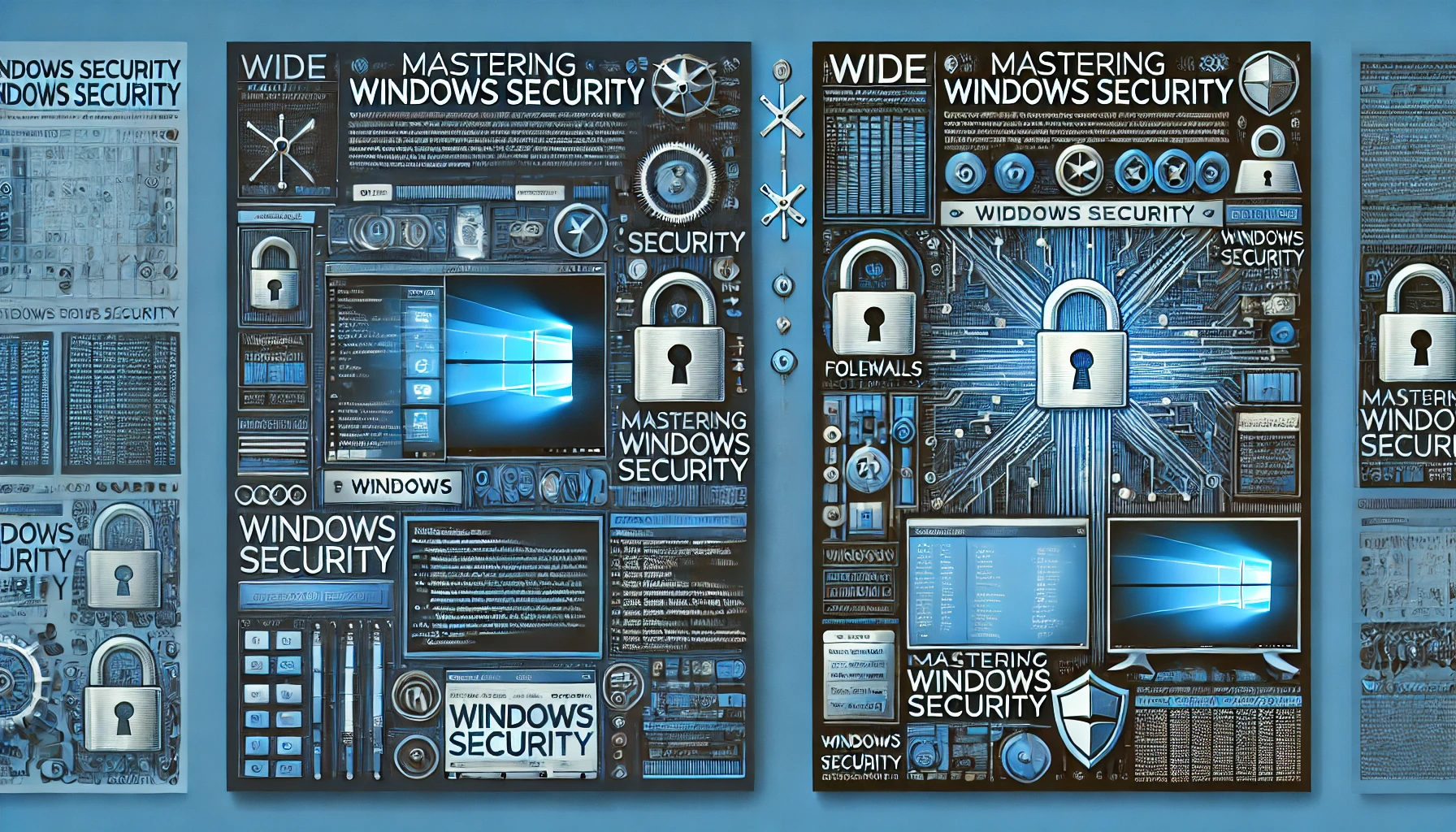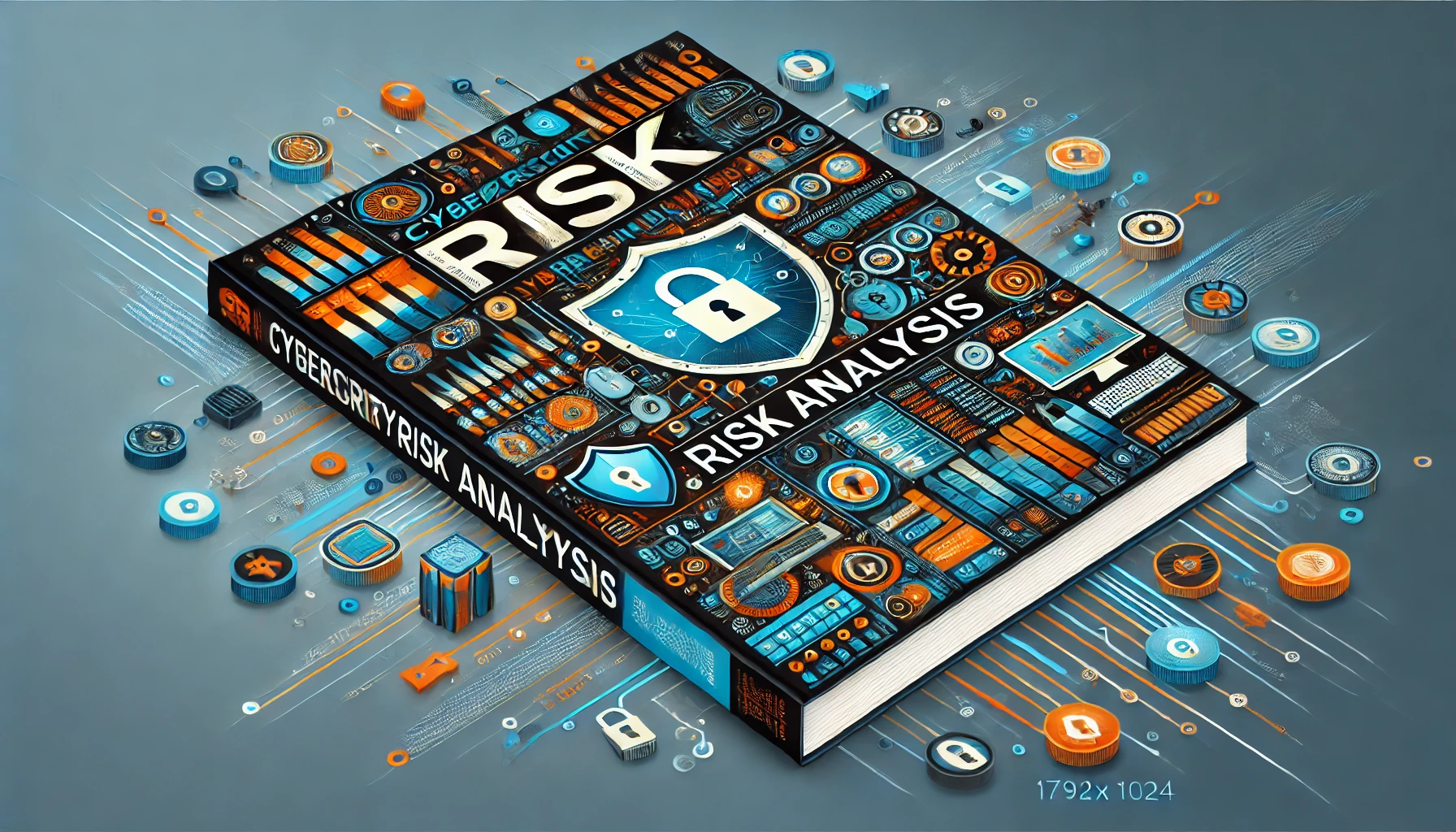
Best Practices for Remote Access Security Controls
Welcome to Secure Debug’s cybersecurity blog! In this post, we will delve into the world of remote access security controls and explore the best practices to ensure your organization’s data remains secure.
Introduction
Remote access is an essential component of modern business operations, enabling employees to connect to corporate networks from anywhere in the world. However, with this convenience comes potential security risks that must be addressed to prevent unauthorized access and data breaches.
Understanding Remote Access Security Controls
Remote access security controls refer to the measures put in place to protect the remote access infrastructure and the sensitive data it handles. These controls aim to authenticate users, authorize access, and secure data transmissions.
1. Multi-Factor Authentication (MFA)
Implementing MFA is crucial to ensure that only authorized individuals can access your organization’s network remotely. By requiring multiple factors for authentication, such as passwords, security tokens, or biometrics, the risk of unauthorized access is significantly reduced.
2. Strong Password Policies
Enforcing strong password policies is vital to prevent brute-force attacks and unauthorized access. Encourage employees to use complex passwords, regularly update them, and avoid reusing passwords across multiple accounts.
3. Role-Based Access Control (RBAC)
RBAC allows organizations to define and manage access privileges based on job roles and responsibilities. By granting the minimum necessary access rights, the attack surface is minimized, reducing the potential impact of a breach.
4. Network Segmentation
Segmenting your network into separate zones or subnets helps contain potential breaches. By isolating sensitive data and limiting access to specific areas, even if one segment is compromised, the entire network remains protected.
5. VPNs and Encryption
Virtual Private Networks (VPNs) create a secure encrypted tunnel between remote users and the corporate network. Encryption ensures that data transmitted over the network remains confidential and protected from eavesdropping.
6. Regular Security Audits
Conducting regular security audits is crucial to identify vulnerabilities and ensure compliance with industry regulations. Audits help discover any misconfigurations, outdated software, or weak security controls that may expose your organization to risks.
Conclusion
Remote access security controls are paramount in safeguarding your organization’s sensitive data and preventing unauthorized access. By implementing multi-factor authentication, strong password policies, role-based access control, network segmentation, VPNs, and conducting regular security audits, you can significantly enhance your remote access security posture.
Remember, the threat landscape is constantly evolving, so it is essential to stay up-to-date with the latest security practices and technologies to protect your organization effectively.
Stay Connected with Secure Debug
Need expert advice or support from Secure Debug’s cybersecurity consulting and services? We’re here to help. For inquiries, assistance, or to learn more about our offerings, please visit our Contact Us page. Your security is our priority.
Join our professional network on LinkedIn to stay updated with the latest news, insights, and updates from Secure Debug. Follow us here.







